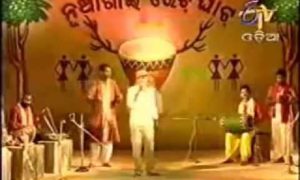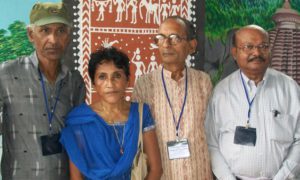Perhaps Manish Arora hasn’t been watching recent fashion in India too closely. Otherwise, he’d have noticed how high-end designers have veered away from an older pattern of creating conventional bridal lehengas, to presenting a wide variety of outfits on the ramps. From serious khadi sarees to daring off-shoulder gowns, flirty baby-doll dresses – even a jumpsuit in see-through lace – Indian couture has clearly skirted the bridal rut it was once stuck in, thinking much more innovatively than before.
This isn’t a sudden development. Indian couture’s been evolving steadily, more fashion designers inspired by a variety of artistic influences, an important one being history. From farshi-pajamas ins-pired by Mughal rulers to ghaghra-cholis from Rajput paintings, Victorian blouses and 1920s cocktail party chic, sarees draped like vintage Bollywood icons, even Nehru jackets and Gandhi topis topping silk frocks, Indian couture is clearly exploring several eras of style. Ethnic culture is another visible influence. Showcasing a variety of textiles, needlework and weaves – Assam batik, Sambalpur silk, fine zardozi, heavy beadwork, handspun khadi and jute – Indian couture is clearly revelling in all the amazing design goodies our nation has to offer.
And it’s using these to make outfits inspired by a multiplicity of symbols, themes and figures, including the powerful goddesses of Bengal, characters from pop literature, the music of Kashmir, even the pollution of metropolitan cities. Some of these clothes can be worn at weddings but they’re also equally geared to suit less formal, more unconventional events. Indian couture has come a long way from being fashioned by harried tailors catering to demanding brides. Today, wedding wear is just one part – not the whole body – of its growing repertoire.














